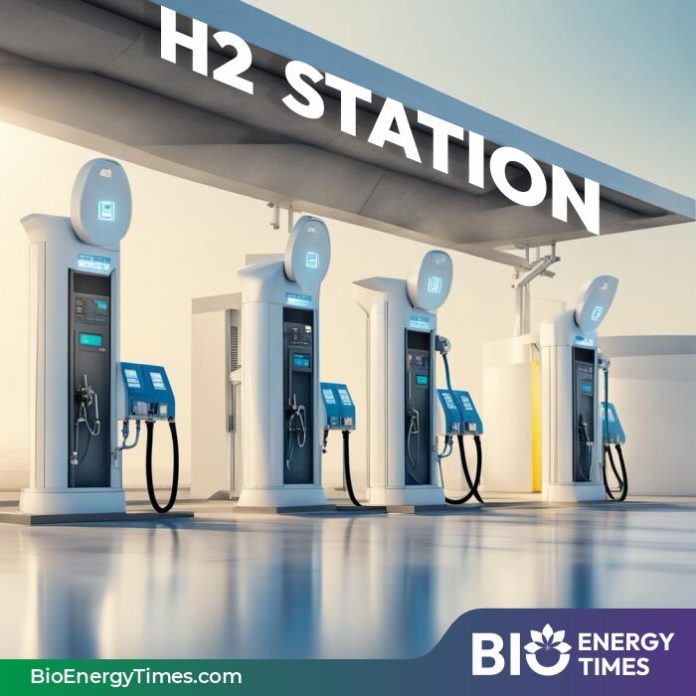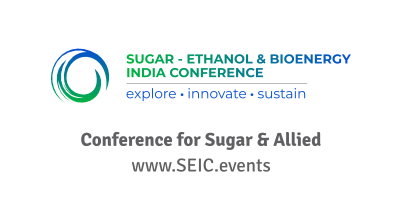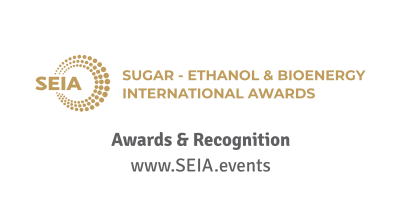The Punjab Energy Development Agency (PEDA) has released a draft Green Hydrogen Policy aimed at building a production capacity of 100 kilo tonnes per annum (KTPA) of green hydrogen and ammonia by 2030. The policy is part of Punjab’s efforts to promote clean energy and support India’s broader transition to a green economy, reports MERCOM.
According to the draft, new projects and the expansion of existing green hydrogen and ammonia facilities will be eligible for incentives currently offered under the “Punjab Industrial and Business Development Policy 2022.” The scale and type of incentives will depend on the size and category of the project.
The draft also outlines regulatory support under the state’s “New & Renewable Sources of Energy Policy 2012.” This includes a full exemption from electricity duty during the construction phase. Additional benefits proposed include waivers on land-use change and external development charges for converting agricultural land for industrial use, and a 100% exemption on stamp duty for land registration and lease transactions.
To improve the economic viability of green hydrogen production, the policy proposes exemptions on several energy-related charges. These include waivers on cross-subsidy and additional surcharges for green energy used in hydrogen production, and a 50% exemption on intra-state transmission and wheeling charges. It also recommends a 25-year waiver on inter-state transmission charges for projects commissioned before December 31, 2030.
The policy integrates with the renewable purchase obligation (RPO) framework, allowing companies to meet their RPO targets by purchasing green hydrogen or ammonia. A mechanism will be introduced to convert green hydrogen into megawatt-hours (MWh) for RPO compliance.
To support energy access, the Punjab State Power Corporation (PSPCL) may procure and supply renewable power to green hydrogen and ammonia manufacturers at rates set by the Punjab State Electricity Regulatory Commission (PSERC).
Key incentives proposed include a capital subsidy of up to ₹150 million ($1.75 million) per project, with a cap of ₹30 million ($350,000) per ton per day (TPD), for biomass-to-green hydrogen projects of up to 5 TPD capacity. These subsidies will be available for the first 10 projects.
The draft policy also encourages the adoption of hydrogen-powered vehicles, offering a 20% capital subsidy of up to ₹5 million ($58,350) per vehicle for the first 100 hydrogen-based fuel cell trucks and buses. For industries, a subsidy of ₹50 ($0.58) per kilogram will be provided for green hydrogen use over five years, limited to the first 10 participating companies in the state.
For infrastructure development, the policy proposes a 20% capital cost subsidy—capped at ₹30 million (~$350,000)—for the first 10 hydrogen refueling stations set up in Punjab.
This policy comes in the backdrop of national efforts to expand hydrogen use. The Indian government recently launched five pilot projects for hydrogen-powered buses and trucks, and in October 2024, approved three pilot projects for using hydrogen in steel production under the National Green Hydrogen Mission.














